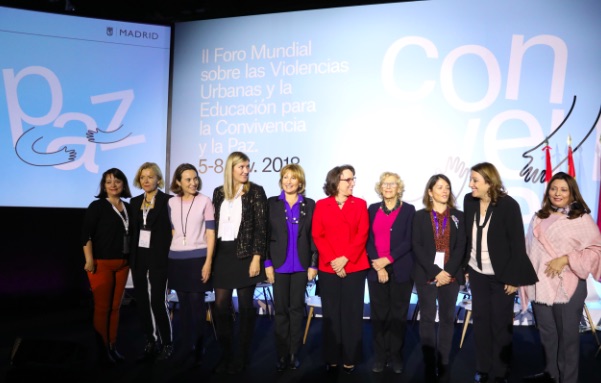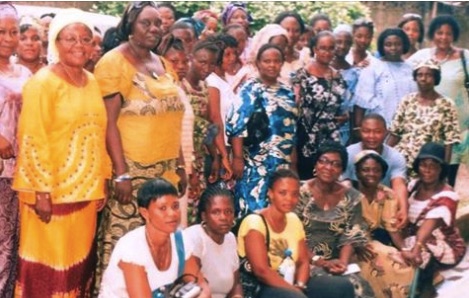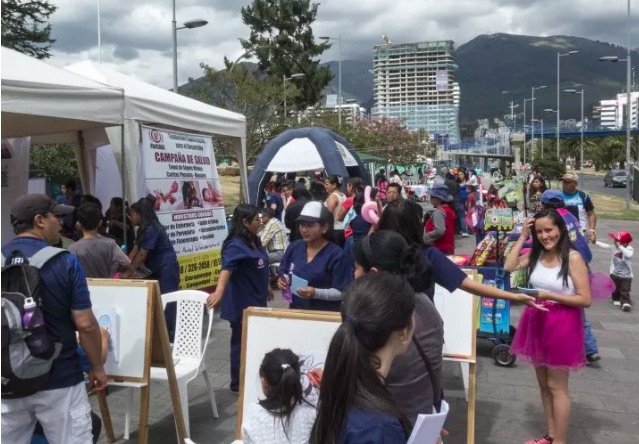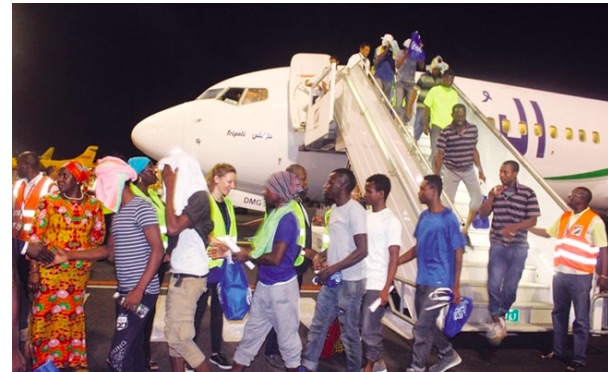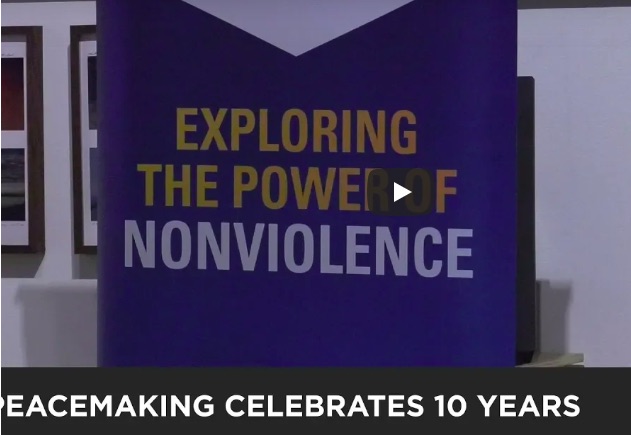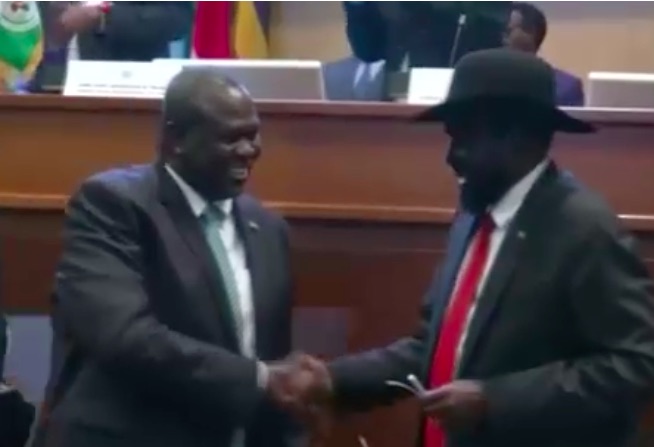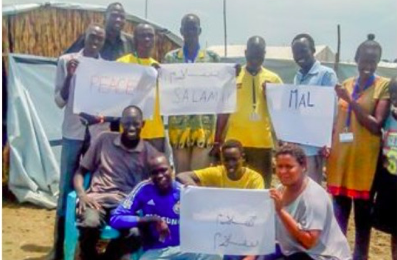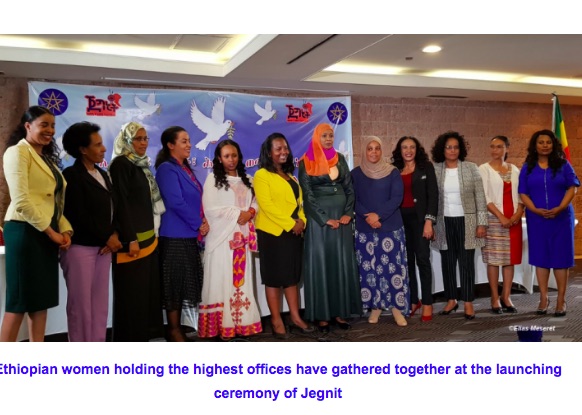… EDUCATION FOR PEACE …
An article from Pamplona Actual
The “Schools for Peace and Coexistence” Program will continue for a third year, responding to the requests received from Primary, Secondary and Vocational Training centers throughout Navarra, as well as the Public University of Navarra.
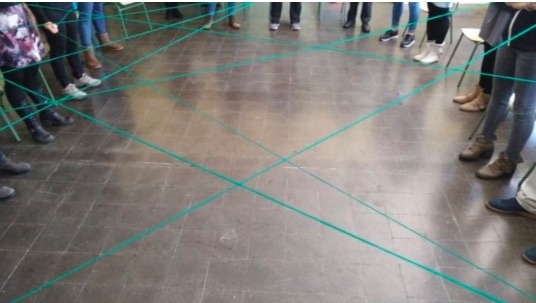
Promoted from the 2016-2017 academic year by the General Directorate of Peace, Coexistence and Human Rights of the Department of Citizen and Institutional Relations in cooperation with the Department of Education, “Schools for Peace and Coexistence” has been consolidated and each course serves a greater number of students, families and education professionals.
The Program makes available to schools several educational and educational tools that enable both students and teachers and families to address, from a positive and educational point of view, different aspects of coexistence. It brings together training workshops, pedagogical experiential activities and participatory workshops that are being carried out in public and concerted educational centers throughout Navarre.
The objective of the workshops is to advance in the construction of coexistence and a culture of peace through activities that allow the educational community:
(Articles continued in right column)
Where is peace education taking place?
(continued from left column)
– to learn the different ways of expressing and verbalizing a conflict in order to approach its solution in a positive way;
– to know which are the most important humanitarian crises worldwide and reflect on Human Rights in these contexts;
– to experience and reflect on the damage and the conflict that negative attitudes and prejudices cause when they put in risk the coexistence between people of different ethnicity, culture, ideology, religion, etc .;
– to learn to make correct use of new technologies free of abusive and violent practices;
– to learn to play cooperatively in the spaces and times that the educational centers allocate to activities, without discrimination, without exclusions and without violence;
– and to internalize skills and favorable attitudes for the positive transformation of conflicts.
In addition, this Program is complemented with other initiatives of Peace and Coexistence that are expressly open to the participation of schools, such as exhibitions, film forums, contests, etc.
The Program in data
During the 2016/2017 academic year, a total of 4,311 students participated in the first edition of the program, from 41 educational centers and throughout 140 activities carried out. In the 2017/2018 academic year, the number of participants increased to 6,499 from 63 educational centers, with a total of 385 activities carried out.
This course, the Regional Government has received the request of 61 centers, so that a total of 10,832 people participate in the programmed activities.
